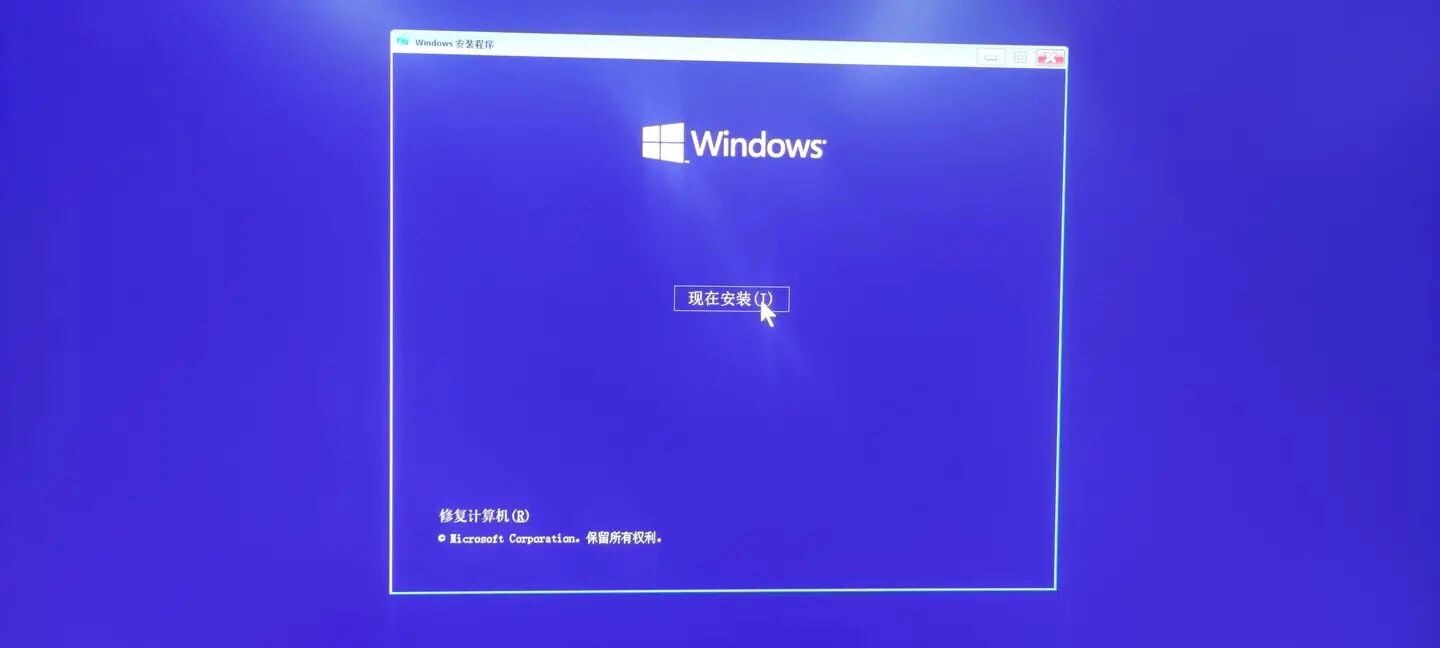我是 Python 新手,正在努力为以下问题找到正确的方法:
我有 2 个 API 回应,一个是设备串列,另一个是组织串列。每台设备都通过一个组织 ID 链接到一个组织。
organizations = [
{
'name': 'Aperture Science Inc.',
'description': 'Just a corporation!',
'id': 1
},
{
'name': 'Software Development Inc',
'description': "Making the world's next best app!",
'id': 2
}
]
devices = [
{
'id': 1,
'organizationId': 2,
'nodeClass': 'WINDOWS_WORKSTATION',
'displayName': 'DESKTOP_01'
},{
'id': 2,
'organizationId': 2,
'nodeClass': 'WINDOWS_SERVER',
'displayName': 'SERVER_01'
},{
'id': 3,
'organizationId': 1,
'nodeClass': 'WINDOWS_WORSTATION',
'displayName': 'DESKTOP_0123'
}
]
设备中的 OrganizationID = 组织中的 ID。我想分别获得每个组织的服务器和作业站数量的结果,如下所示:
results = [
{
'Organization Name' : 'Aperture Science Inc.',
'Number of Workstations': 1,
'Number of Servers': 0,
'Total devices': 1
},
{
'Organization Name' : 'Software Development Inc',
'Number of Workstations': 1,
'Number of Servers': 1,
'Total devices': 2
}
我从这个开始
wks_sum = sum(d.nodeClass == "WINDOWS_WORKSTATION" for d in devices)
print(wks_sum)
但我收到此错误:
最后我转换并保存在一个 csv 档案中:
df = pd.DataFrame(results)
df.to_csv('results.csv', index=False)
我正在努力计算每种设备型别并将设备映射到正确的组织名称,非常感谢一些帮助:)
编辑:
感谢@Vincent,我可以想出:
for device in devices:
for organization in organizations:
organization["workstations"] = organization.get("workstations", [])
organization["servers"] = organization.get("servers", [])
if device["organizationId"] != organization["id"]:
continue
if device["nodeClass"].__eq__("WINDOWS_SERVER"):
organization["servers"].append(device["nodeClass"])
elif device["nodeClass"].__eq__("WINDOWS_WORKSTATION"):
organization["workstations"].append(device["nodeClass"])
break
results = [
{
"Organization Name": organization["name"],
"Number of Workstations": len(organization["workstations"]),
"Number of Servers": len(organization["servers"]),
"Total devices": len(organization["workstations"] organization["servers"]),
} for organization in organizations
]
# print(f"{results = }")
print(results)
# convert and save in a csv file
df = pd.DataFrame(results)
df.to_csv('results.csv', index=False)
uj5u.com热心网友回复:
此代码将实作您的目标:
organizations = [
{
'name': 'Aperture Science Inc.',
'description': 'Just a corporation!',
'id': 1
},
{
'name': 'Software Development Inc',
'description': "Making the world's next best app!",
'id': 2
}
]
devices = [
{
'id': 1,
'organizationId': 2,
'nodeClass': 'WINDOWS_WORKSTATION',
'displayName': 'DESKTOP_01'
},{
'id': 2,
'organizationId': 2,
'nodeClass': 'WINDOWS_SERVER',
'displayName': 'SERVER_01'
},{
'id': 3,
'organizationId': 1,
'nodeClass': 'WINDOWS_WORSTATION',
'displayName': 'DESKTOP_0123'
}
]
for device in devices:
for organization in organizations:
organization["workstations"] = organization.get("workstations", [])
organization["servers"] = organization.get("servers", [])
if device["organizationId"] != organization["id"]:
continue
if device["displayName"].startswith("SERVER_"):
organization["servers"].append(device["nodeClass"])
elif device["displayName"].startswith("DESKTOP_"):
organization["workstations"].append(device["nodeClass"])
break
results = [
{
"Organization Name": organization["name"],
"Number of Workstations": len(organization["workstations"]),
"Number of Servers": len(organization["servers"]),
"Total devices": len(organization["workstations"] organization["servers"]),
} for organization in organizations
]
print(f"{results = }")
结果:
[{'Organization Name': 'Aperture Science Inc.', 'Number of Workstations': 1, 'Number of Servers': 0, 'Total devices': 1}, {'Organization Name': 'Software Development Inc', 'Number of Workstations': 1, 'Number of Servers': 1, 'Total devices': 2}]
确实,您可以使用诸如 Pandas 之类的晦涩库来完成,但我认为像这样的慢速代码更好地了解已完成的操作,并且在需要时更易于修改。
处理海量资料,例如使用sqlite3转储到两个sql表中,然后处理SQL。







0 评论